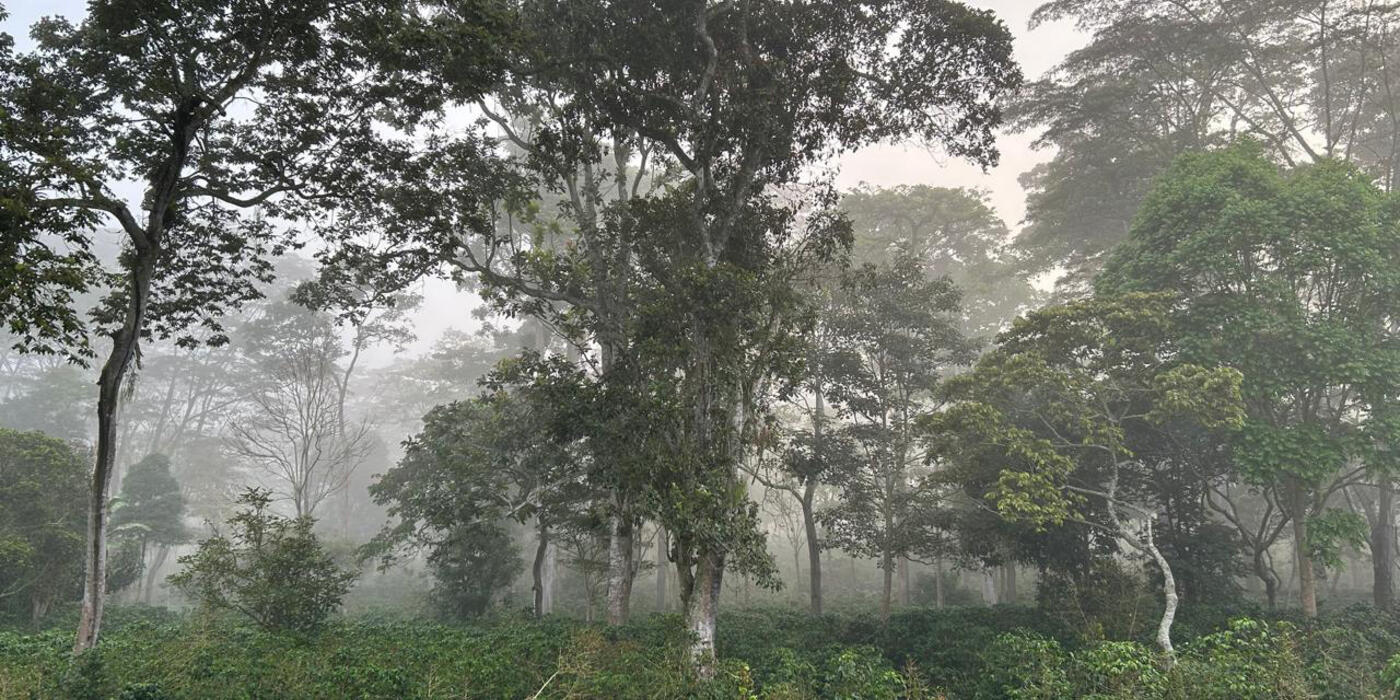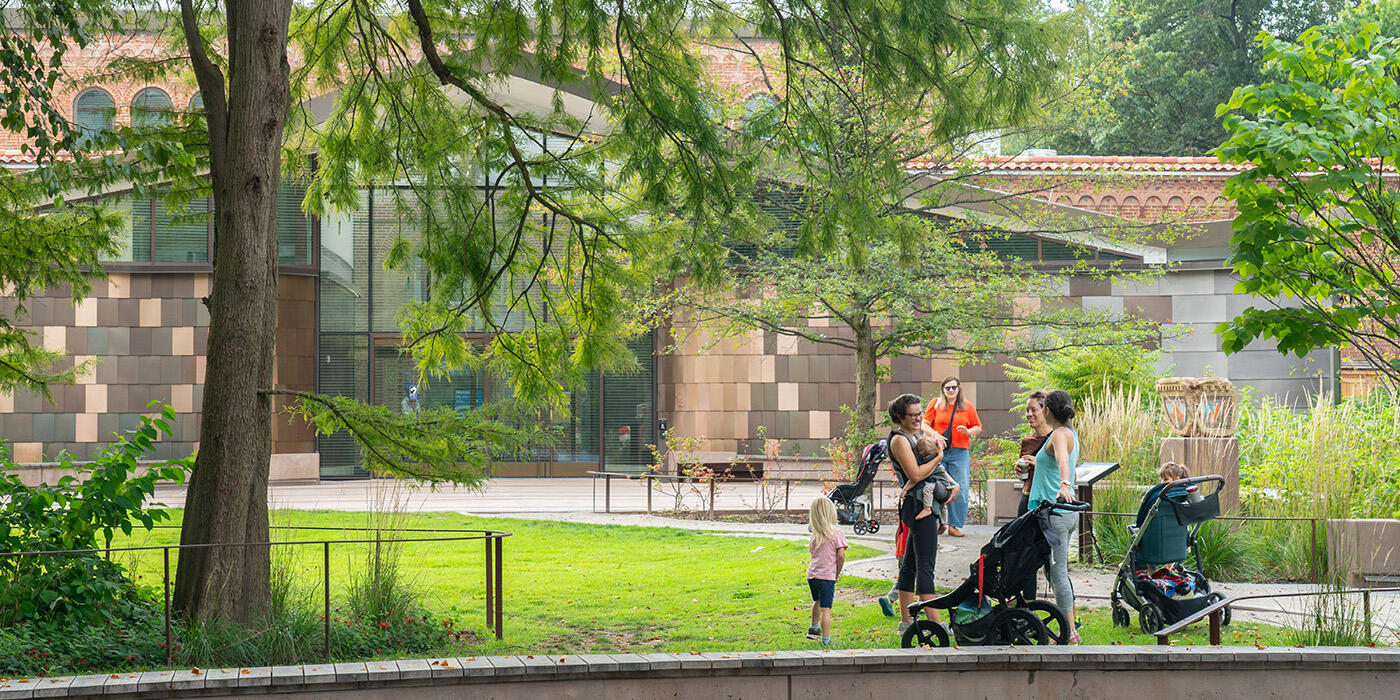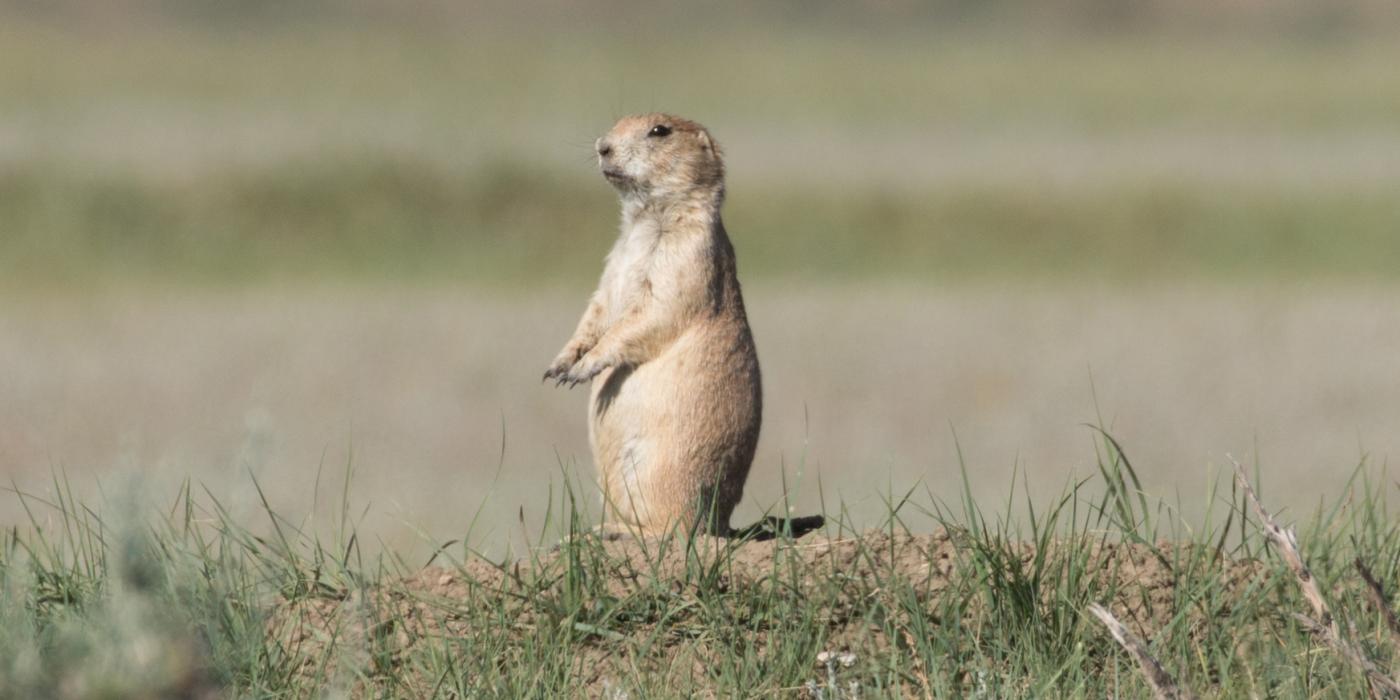Out of the Classroom: Students Join Scientists to Explore Bird Habitat

Brian Evans
In April, the Smithsonian Migratory Bird Center spent two weeks in Texas for the second season of “Ecology of Urban Birds,” a program that brings middle school students into the field with Smithsonian scientists in Texas, Massachusetts and Washington, D.C. This update was written by SMBC scientists Stacy Hill, Dorian Russell and Brian Evans.


